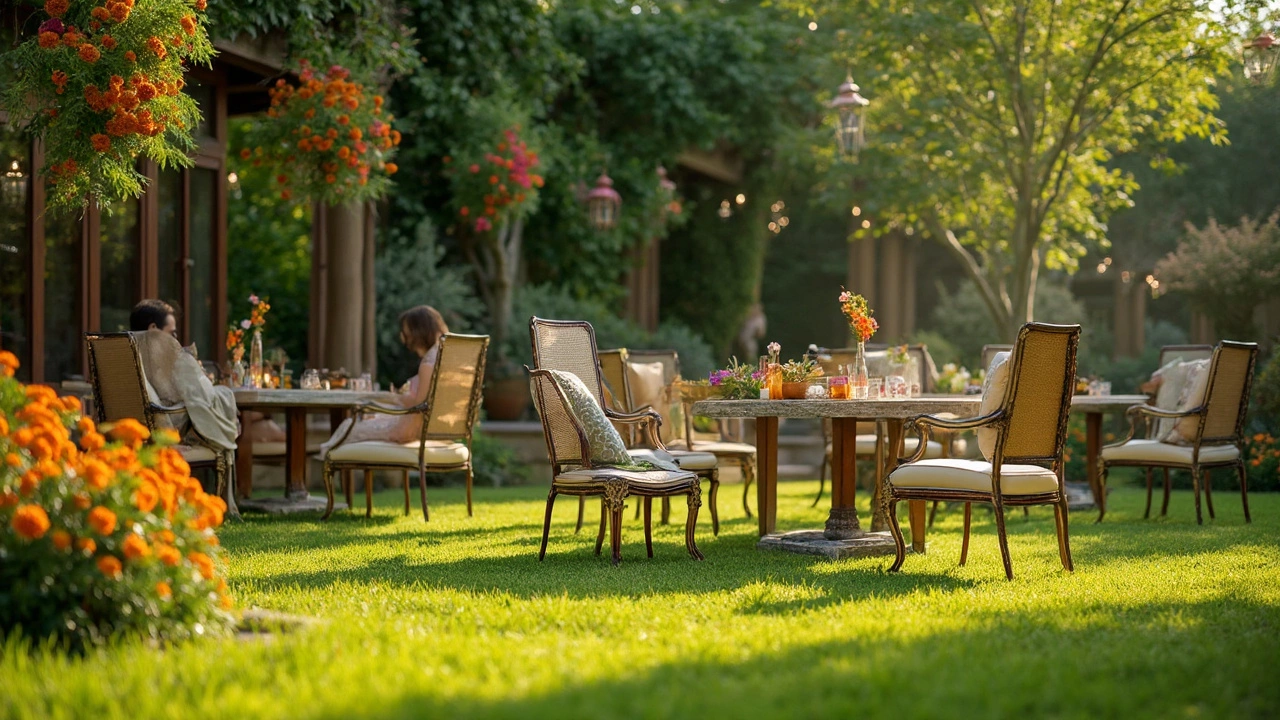Lawn Care Tips: Simple Steps for a Lush Yard
Your lawn can look amazing without a ton of hassle. Grab a mower, a hose, and a few basic tools, then follow these easy steps. You’ll see greener grass and fewer weeds fast.
Cutting and Mowing Basics
First, set your mower blade to about 2‑3 inches. Cutting too short stresses the grass and invites weeds. Mow when the grass is dry—wet blades cause clumps and uneven cuts. Aim to cut no more than one‑third of the blade height each session; this keeps the roots strong.
If you have a larger yard, mow in a criss‑cross pattern every other week. That simple pattern prevents that striped look and encourages even growth. Sharpen mower blades at least once a season; a sharp blade slices instead of tearing, reducing lawn disease.
Watering Smartly
Most lawns need about an inch of water per week, whether from rain or a hose. Water early in the morning, between 5 am and 9 am, so the grass dries before the heat of the day. Deep, infrequent watering forces roots to grow deeper, making the lawn drought‑resistant.
If you have a sprinkler system, set the timer for two 15‑minute cycles on the days you water. This avoids runoff and lets water soak into the soil. Use a rain gauge or a simple tuna can to measure how much water you’re applying.
Besides mowing and watering, a quick fertilizer boost can make a big difference. Choose a slow‑release nitrogen fertilizer and apply it in early spring and again in late summer. Follow the package directions; too much fertilizer burns the grass.
Weeds are the bane of every lawn owner, but a few simple tricks keep them at bay. Keep the grass a little taller during the growing season; taller blades shade the soil and block weed seeds from germinating. Pull any weeds you see while the soil is still moist; the roots come out easier.
Finally, give your lawn some air. Aeration—using a garden fork or a rented aerator—creates small holes that let water, nutrients, and oxygen reach the roots. Do it once a year, preferably in the fall when the grass is recovering from summer stress.
Stick to these steps, and you’ll notice a healthier, greener lawn without spending hours on upkeep. A little consistency goes a long way, and your yard will thank you.
Preventing Your Garden Furniture from Sinking in Grass
Discover practical methods to stop your garden furniture from sinking into grass. Learn about leveling techniques, choosing the right materials, and effective placement to preserve your lawn and maintain the aesthetic of your outdoor space.





